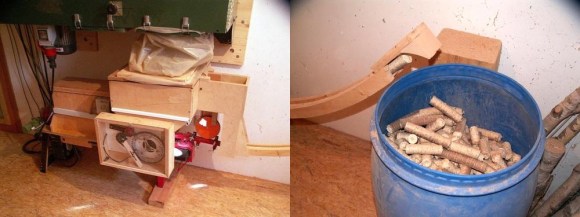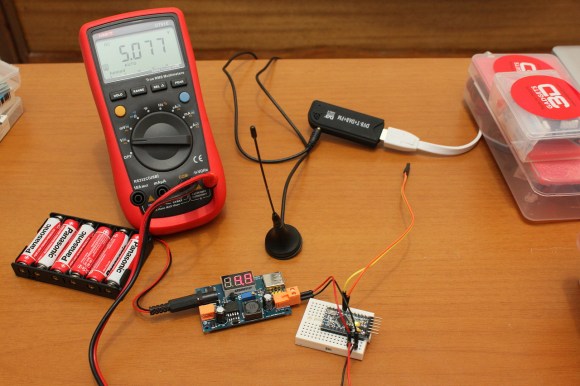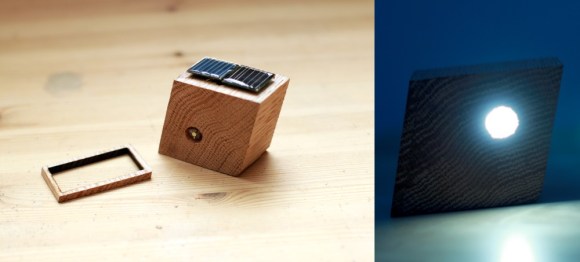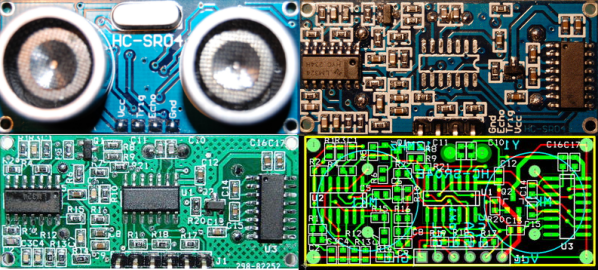
This documentary from 1959 gives a satisfyingly thorough look inside a nuclear powered icebreaking ship called Lenin. This actually set a couple of world’s-firsts: it was the first nuclear powered surface vessel and the first civilian vessel to be powered thusly.
The ship was built to clear shipping paths to the northern ports of Russia. Testing of both ice and models of the ship design point to the ability to break ice layers that are two meters thick. This requires a lot of power as ice-breakers generally use their hull shape and gravity to break the ice by driving up onto it to bend the ice to the breaking point. The Lenin achieved this power using its nuclear reactor to heat steam which drove electric generators. The energy produced drove three screws to power the vessel.
Of course this was back in the day when control panels were substantial, which you can get a peek at starting half-way through the twenty-minute film. This includes a demonstration of the ship’s network of radiation sensors which alert the control room, and sound a local alarm when they are triggered. During it’s 30-year operational life the vessel had a couple of accidents stemming from refueling operations. You can find more on that over at the Wikipedia page, but stick with us after the jump to see the vintage reel.
Continue reading “Retrotechtacular: Breaking Atoms To Break The Ice”
















